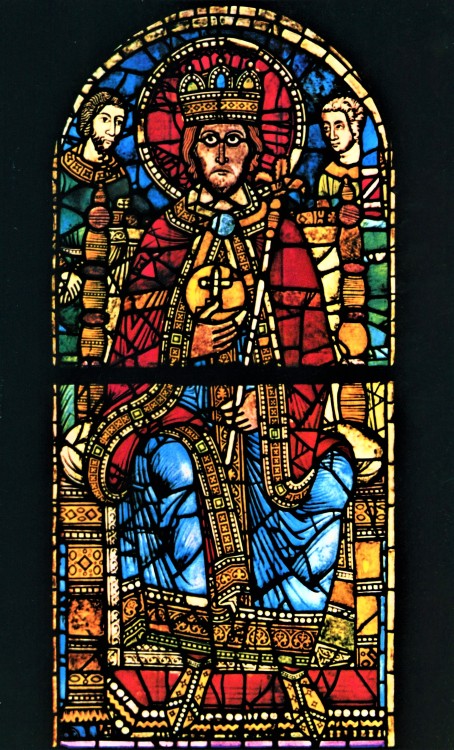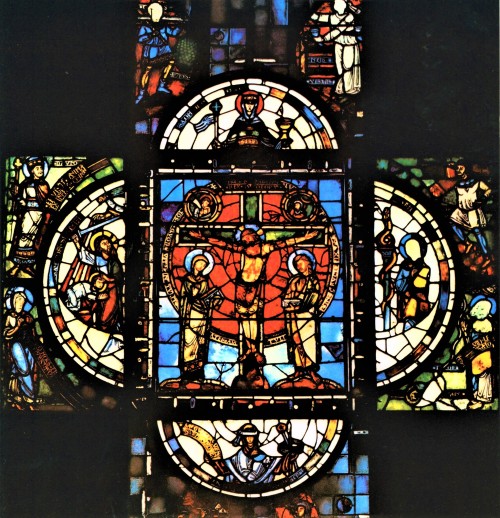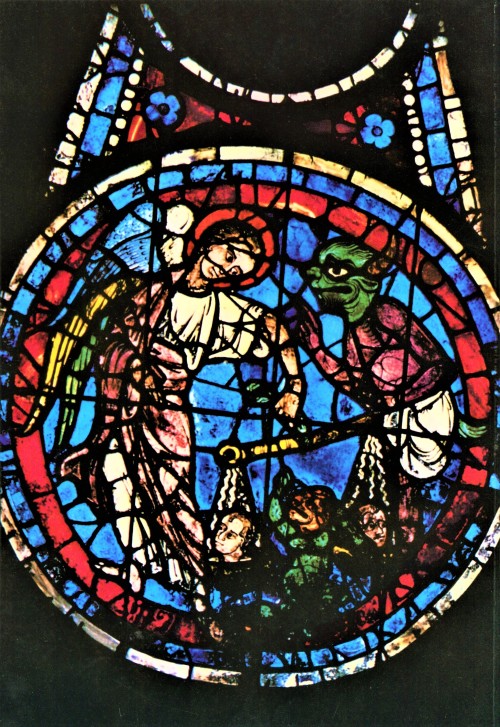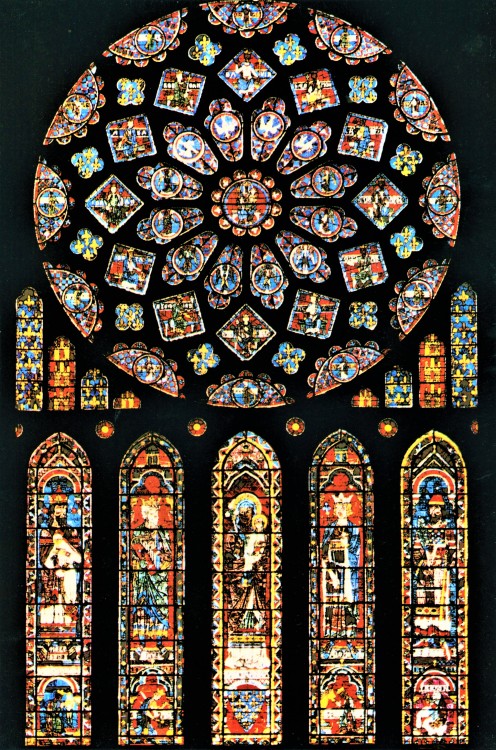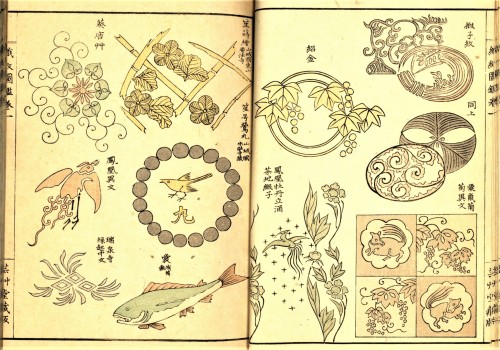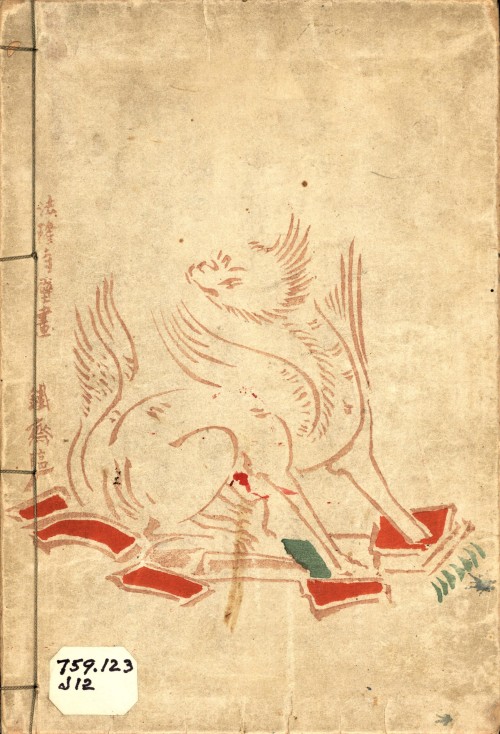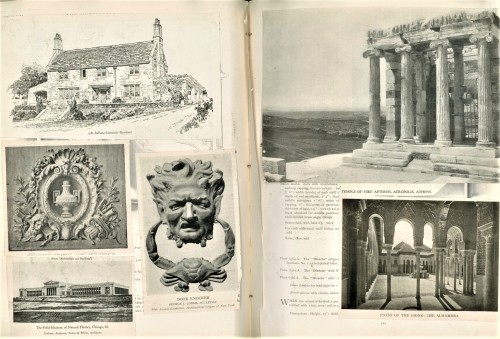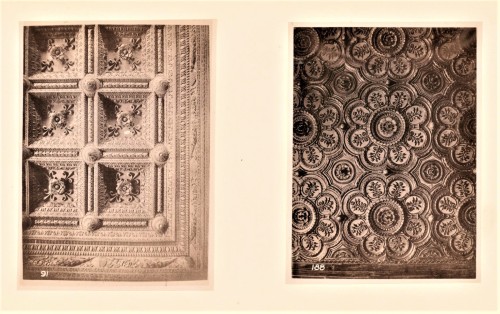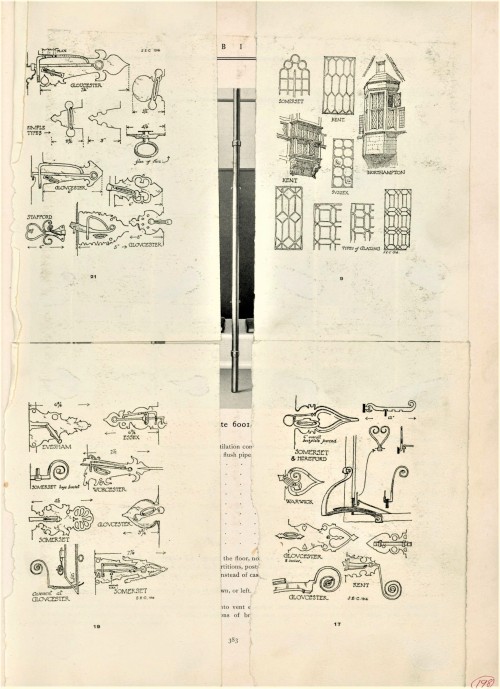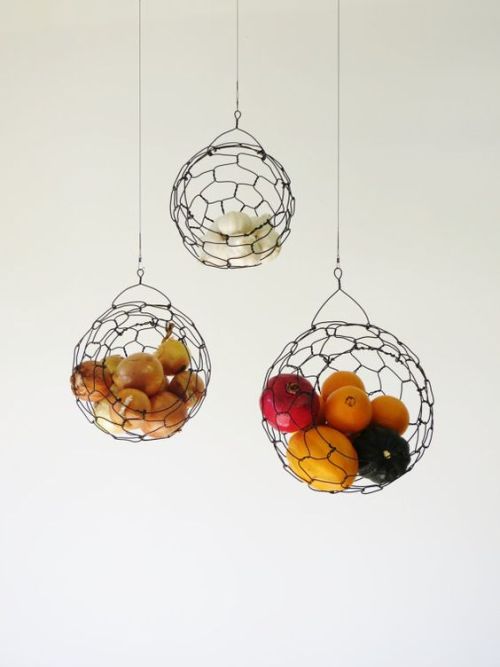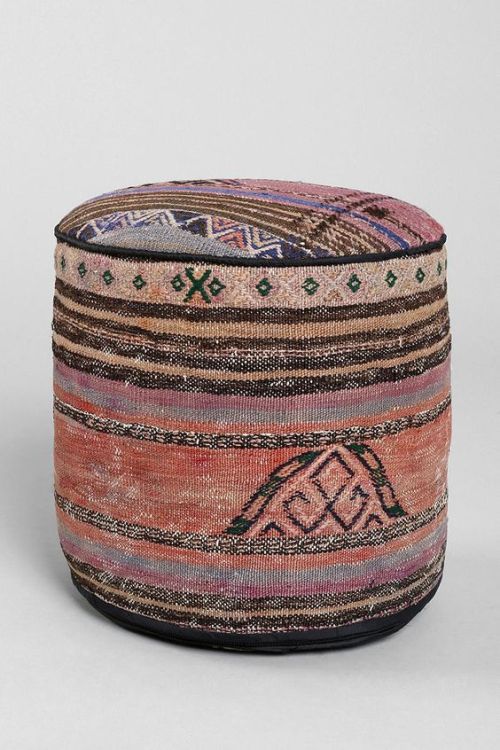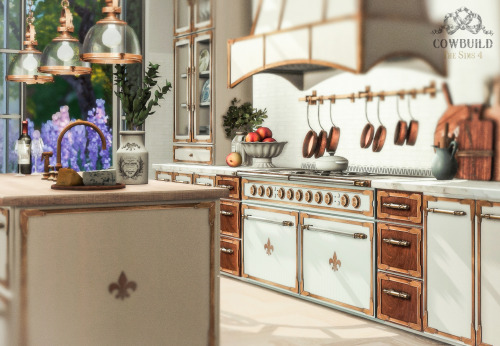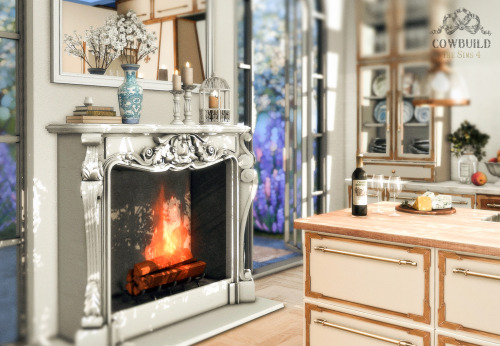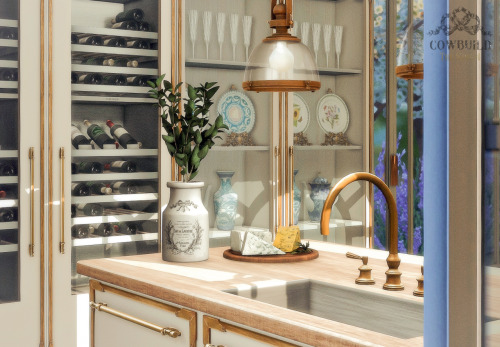#decorative plates
Decorative Sunday
This Sunday we bring you plates from German art historian Elisabeth Von Witzleben’sFrench Stained Glass, translated from German (Licht und Farbe aus Frankreichs Kathedralen,1966) into English by Francisca Garvie. Published in London by Thomas and Hudson, Ltd. in 1968 and printed in what was then West Germany, the book contains 96 black-and-white plates, and 46 color plates printed on what appears to be acetate sheets with frosted backing. Presenting the plates in this medium cleverly approximates the experience of viewing the glass in it’s natural setting, the sheen of the acetate simulating the reflective surface of the glass and the transparency allowing the viewer let light shine through the image.
See image captions for more information about the plates, including location, content, and date.
ViewmoreDecorative Sunday posts here.
-Olivia,Special Collections Graduate Intern
Post link
Decorative Sunday
Japanese Pattern Book
This week we present pages from the first of a two-volume, traditional Japanese fabric-pattern sample book, Orimon ZukanbyRinō (or Rindo) Fujii, published in Kyoto in 1898. As prosperity grew in the early Edo Period of the 17th century, a fashion-conscious audience developed and flourished, leading to the publication of the first pattern books, hinagata-bon 雛形本, in the 1660s. Designs were inspired by a wide range of sources, including the natural world, folklore, history, signs of the zodiac, auspicious symbols, and literature. These early works were printed using traditional woodblock technology in black and white, often including notes describing the intended color and type of fabric.
This novel type of publication proved very popular and they continued to be produced into the 20th century. As color printing became more sophisticated, so did pattern books, and by the late 19th century, publishers, led by Kyoto-based firms, were collaborating with noted artists to produce a range of sample books from which clients could choose their preferred colors and fabrics, such as the example presented here.
ViewmoreDecorative Sunday posts.
Post link
Eschweiler Scrapbooks
While seeking out Decorative Sunday material this week, I came across several sets of scrapbooks from the prolific Milwaukee architectural firmEschweiler & Eschweiler. Some of the scrapbooks contain architectural postcards organized by theme (such as “details,” exemplified in images 2-4 from volume one of the six volume [Scrapbooks Containing Architectural Postcards]. Others contain a more random assortment of magazine clippings, postcards, and photographs, pasted into old catalogs of Thomas Maddock’s Sons Company of New Jersey and plumbing hardware from the J. L. Mott Iron Works company in New York (volumes one and two of Scrapbook of architectural photographs). While there are no clues to suggest who was responsible for assembling the scrapbooks, it’s possible they date to between 1966 and 1974, when the firm was known as Eschweiler, Schneider & Associates. See image captions for detailed descriptions.
Founded in 1892 by Alexander Eschweiler, later helmed by Alexander’s three sons, the firm had over 1,100 commissions in Milwaukee and beyond until the firm’s closing in 1975. The Eschweiler firm was known for their grounding in traditional style. Comparing Eschweiler with his more internationally famous contemporary Frank Lloyd Wright, the late UWM Architecture professor Douglas Ryhn purported that “there is no similarity in styles but it looks like they were inspired by the same feelings. Wright individualized, personalized architectural expression. Eschweiler took this integrity and used it with images that had already proven themselves.”
While many buildings from the firm have been demolished, there are over 80 extant buildings, including several of the luxurious East Side residences along Bradford Avenue, Newberry Boulevard, and Lake Drive, as well as the Milwaukee-Downer Quad (Holton, Merrill, Johnston and Greene Halls) on UWM’s campus (which command a large portion of the view from Special Collections). Other notable Eschweiler & Eschweiler buildings include the Wisconsin Gas Building, the Wisconsin Telephone Company, and Plymouth Church.
ViewmoreDecorative Sunday posts here.
Findmore posts focused on architecturehere.
-Olivia, Special Collections Graduate Intern
Post link


